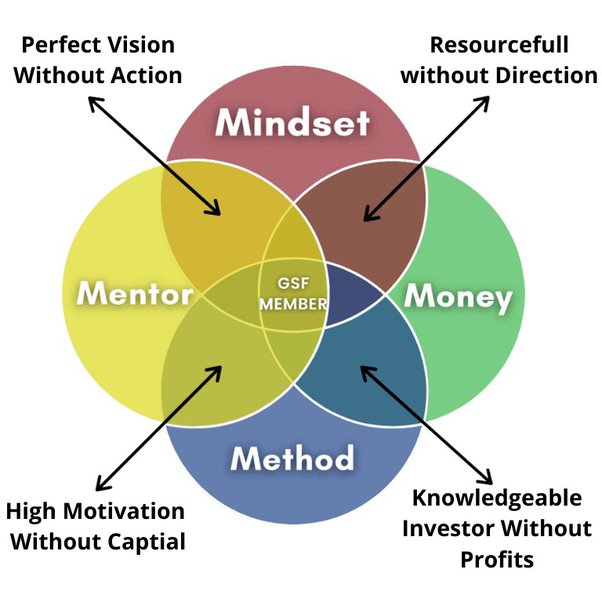The stock market is a major factor that decides the economic condition of a country. Interested investors need to know about the different types of trading in the stock market in india.
BSE and NSE are the two main stock markets in India. Traders can purchase and sell stocks in both these markets.
Day trading
Day trading is a technique used by traders to make fast profits from stock market movements. This strategy requires a great deal of skill and knowledge to effectively harness the volatility of the stock indices to reap rich rewards. However, beginners should avoid this type of trading unless they have the necessary funds and skills. Furthermore, they should never invest in any stock that they have not thoroughly researched.
Traders who engage in this strategy must keep a non-stop watch on the stock market from its opening bell at 9 am till it closes at 3:30 pm. They must keep track of everything that occurs in the market and make the right moves at the right time to earn a lot of money. This often means working six and a half hours every day.
The most effective way to practice this strategy is through an online trading account. This will give you access to your order book and the mark-to-market (MTM) position of your open trades. The MTM position indicates whether you are in profit or loss. The order book will show all the buy and sell orders for a particular stock, as well as the price and volume attached to each order. The time and sales tool will also provide the day trader with additional insight into liquidity, depth, and demand and supply for a stock.
Position trading
In position trading, traders hold on to their assets for longer periods of time. This period can range from an overnight session to a few weeks or even months. They identify market trends and invest in stocks that they believe will increase in price soon. They use various tactics to identify these trends, including technical analysis and macroeconomic factors.
Traders who engage in this strategy are more likely to make money from long-term investments. However, they also run the risk of losing a significant amount of money on short-term bets. Moreover, they will need to pay higher brokerage fees as the trades will be held for longer periods of time. Hence, it is essential to analyze the current market trend thoroughly before making any bets.
One of the key differences between a position trader and an intraday trader is that a position trader will not be concerned with the minor ups and downs in prices over short periods of time. For example, if a stock’s price rises from Rs. 100 to Rs. 150, a position trader would be happy with the profit of Rs. 20 per share, which is before paying the brokerage fees.
Traders who employ the position trading technique invest in multiple assets to diversify their portfolio and gain maximum profits. They usually buy stocks of companies that have strong fundamentals and are expected to increase in price soon due to favourable market conditions. They can also invest in indices that track the performance of sectors and industries.
Swing trading
Traders who engage in swing trading focus on a longer time frame than day traders. They hold their positions overnight and sometimes for a few weeks. These trades can provide a higher profit than day trading. However, the risk of loss is greater with this strategy. To minimize this risk, swing traders should analyze a stock’s price history and performance. They should also keep an eye on the market sentiment and current news. This helps them identify the best stocks for swing trading. Additionally, they should consider the liquidity of the stocks they are purchasing.
The key to successful swing trading is identifying the right patterns and trends. Many techniques can help you find the right patterns, including Fibonacci Retracement, trend lines, and other technical indicators. Traders can also use technical analysis to determine the buying and selling points for specific stocks. This helps them maximize their profits and returns.
While many investors focus on making big profits over a few months or even years, a small gain over several days can add up to significant gains. For this reason, swing trading is often undertaken by individuals rather than large institutions. It is essential to have a well-defined strategy to achieve your investment goals and make the most of your opportunities. Some popular strategies include breakout trading, moving average crossovers, and head and shoulders patterns.
Futures trading
Futures trading is an investment technique where you buy and sell derivatives that have a set price at a predetermined date in the future. These contracts are a legal agreement between two parties and are monitored by SEBI, which ensures that all transactions are fair to both buyers and sellers. The futures market is a popular investment tool for traders and investors and offers many benefits, including the potential to earn superior returns.
Traders use index futures to speculate on the direction of the underlying stock or index. They can also hedge against unfavourable price movements by selling the futures contract and buying the corresponding underlying stock or index. However, you should be aware that speculating in stock index futures can be risky.
If you are a buyer and expect the share price of a company to increase, then you can go long on the Reliance Industries futures contract. The price of the underlying asset will rise, and you will make a profit on your position. However, if the underlying share price falls, then you will lose money.
Most futures contracts are cash settled before their expiry. The difference between the initial agreed price and the final futures price is re-evaluated on a daily basis and the amount of the difference is credited or debited to the buying and selling party’s account.





